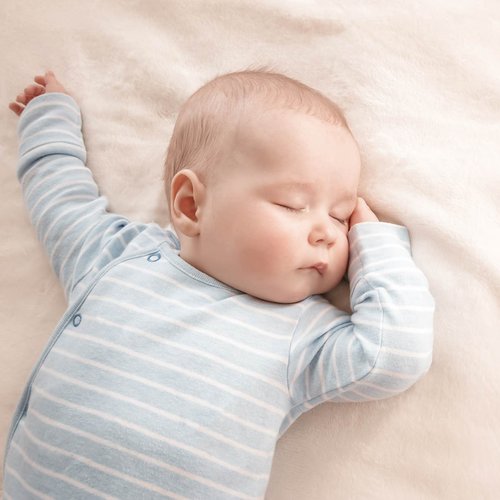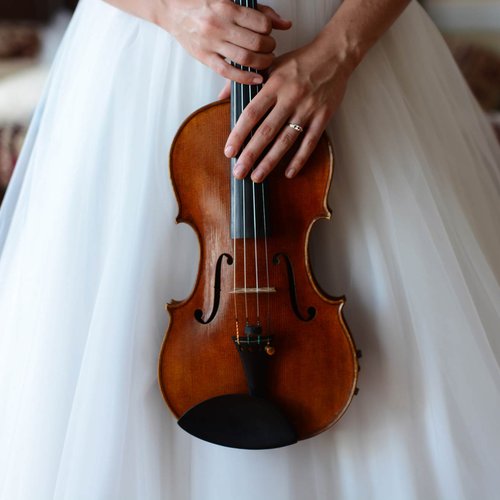7 pop songs that deploy microtones ingeniously
17 September 2021, 17:30

The pop and rock mavericks who have used microtonal music in unexpected and glorious ways.
It is universally agreed that there are 12 notes in Western music. And generally 88 of these are represented on the keyboard of a standard piano.
But what about the notes in between the notes?
These are called microtones, because the intervals between them are actually smaller than the semitone, which separates Western music’s standard 12 tones (read a more detailed explanation of how it all fits together here).
Microtones, and microtonal pieces of music, have typically been the preserve of modern, avant-garde art music composers like Terry Riley and Charles Ives. But, there are also some pretty iconic times where they crop up in pop and rock music too.
We’re taking a dive into the small gaps in between the notes of the piano to bring you some of the best times pop music mavericks have deployed microtones to stunning and catchy effect.
Read more: 17 pop songs you didn’t know were directly inspired by classical music
-
Dua Lipa: Good In Bed
British queen of pop Dua Lipa crafted one of her biggest choruses with microtones. The chorus and much of the backing music for ‘Good in Bed’ from Dua’s 2020 album, Future Nostalgia, features an infuriating good descending microtonal scale that has helped make the song so recognisable.

Dua Lipa - Good In Bed (Official Lyrics Video)
-
Nancy Sinatra: These Boots Are Made For Walking
Those sassy, stomping opening notes of the enduring 1966 hit ‘These Boots Are Made For Walking’ made it instantly iconic. And they’re microtones. The bass steps its way down the scale in microtone intervals that are traversed skilfully by a bassist surely wearing those dependable boots.

Nancy Sinatra - These Boots Are Made for Walkin'
-
Jet: Are You Gonna be my Girl
There’s a small but mighty microtonal moment in the huge 2003 Jet hit, ‘Are You Gonna Be My Girl’. The guitar riff that helps make it such a hit features a great example of microtonal music – yep, the ‘do, do, doo, do-oo-oo-ooo’ little guitar twiddle in the opening and main riff doesn’t go up a semitone as you might assume. No, my friend, it’s a microtone. Guitar note bends are often technically microtonal, but this one is an integral and deliberate part of the melody.
Read more: The 13 greatest pop songs (from a classical music perspective)

Jet - Are You Gonna Be My Girl
-
King Gizzard & the Lizard Wizard: Rattlesnake
Australian rock band King Gizzard & the Lizard Wizard released a whole album dedicated to exploring microtonal music in 2017 (along with four other studio albums that year, after pledging to release five albums within twelve months).
Microtonal Flying Banana has song after song of mind-bending microtonal greatness, but start with ‘Rattlesnake’ to hear those obvious notes-between-the-notes being used to great effect.

King Gizzard & The Lizard Wizard - Rattlesnake (Official Video)
-
Jacob Collier: In the Bleak Midwinter
Musician and producer Jacob Collier is known for using reharmonisation and close harmony techniques in his music, including through the deployment of microtones. For this popular version of ‘In the Bleak Midwinter’, Collier created ten tracks of himself singing the Harold Darke Christmas Carol in what he has dubbed ‘G half-sharp major’.

In The Bleak Midwinter - Jacob Collier
-
Spoon: Do You
Like ‘These Boots Are Made For Walking’, American Indie band Spoon’s microtonal moment in ‘Do You’ is heard in the intro. It’s a hummed melody of microtones that hooks the ear in and creates a bit of a “what’s going on here?” level of unease.

Spoon — "Do You" (Official Music Video)
-
Paul Simon: Insomniac’s Lullaby
Pop-rock veteran Paul Simon uses microtonal music in his 2016 studio album, Stranger to Stranger. ‘Insomniac Lullaby’ from the album uses instruments made especially for microtonal music by the 20th-century composer Harry Partch, who divided the octave into 43 separate tones instead of the standard 12.

Insomniac’s Lullaby









































